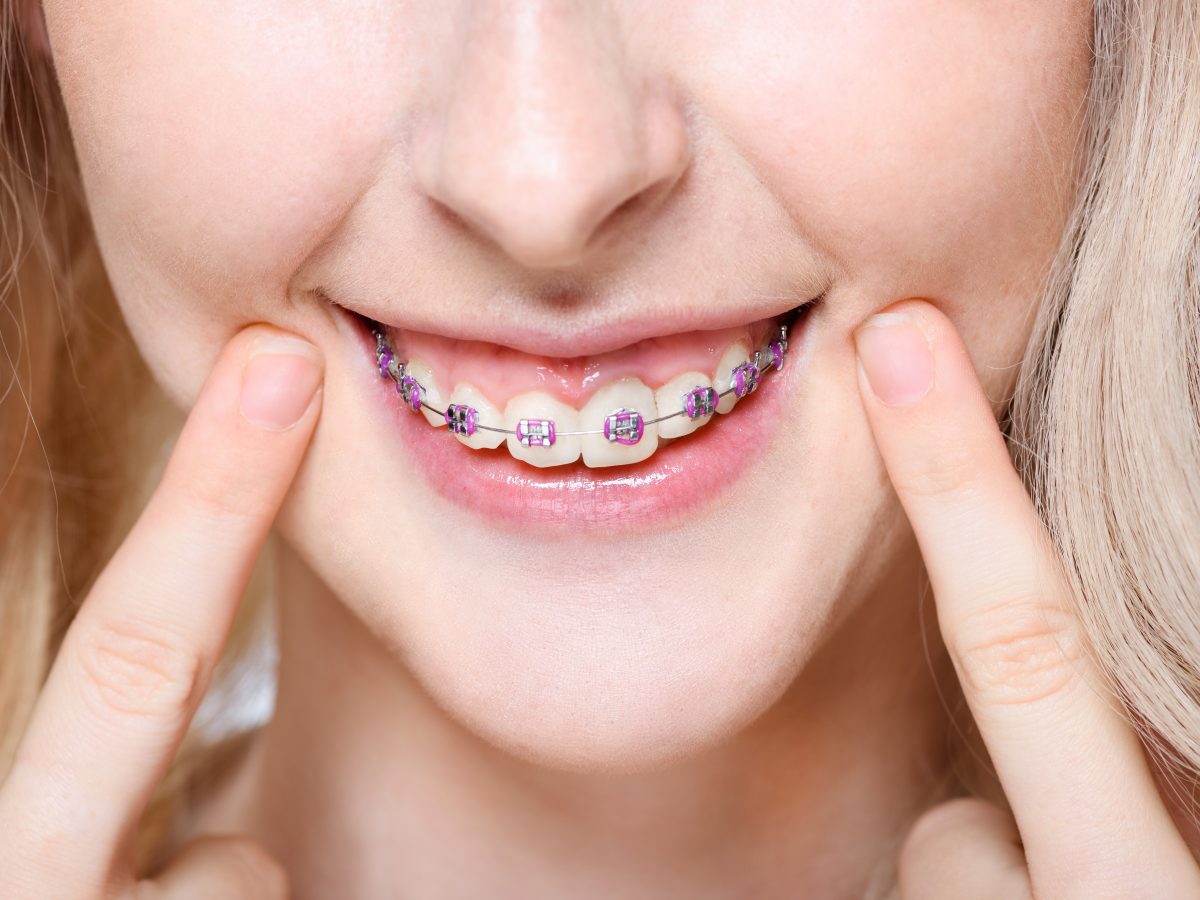Why Cumming Invisalign is the Perfect Choice for a Discreet Orthodontic Solution
Why Cumming Invisalign is the Perfect Choice for a Discreet Orthodontic Solution
Blog Article
Comprehensive Guide to Orthodontics Procedures for Fixing Oral Imbalances
Comprehending the intricacies of each procedure, including their mechanisms, advantages, and possible disadvantages, is important in making notified decisions about one's orthodontic treatment. As we navigate through the thorough overview to orthodontic procedures for fixing oral imbalances, the intricate information of each method will unravel, losing light on the course towards a unified and practical dental positioning.
Orthodontic Procedures Overview

In enhancement to clear aligners and conventional braces, orthodontists might additionally suggest various other treatments like headwear, palatal expanders, or retainers to deal with details positioning issues (invisalign). These procedures are customized per client's distinct demands and may entail a combination of therapies to achieve the desired results. Regular adjustments and monitoring are vital parts of orthodontic therapy to make sure progression gets on track and to make any type of required adjustments along the road. By undertaking orthodontic treatments, people can not only attain a straighter grin but likewise improve their overall oral health and function.
Standard Dental Braces: How They Work
When thinking about orthodontic treatments for oral misalignments, typical dental braces stick out as a tried and true approach for dealing with teeth positioning. Conventional braces contain brackets, cables, and bands that interact to apply continuous pressure on the teeth, progressively relocating them into the desired alignment. The brackets are affixed to the teeth using a special adhesive, and the wires are threaded with the brackets. By readjusting the tension of the cables, orthodontists can control the instructions and pressure applied to each tooth, leading them into correct alignment in time.
As stress is used to the teeth with the braces, the bone bordering the teeth is improved to sustain the brand-new tooth placements. Individuals will need routine adjustments at the orthodontist's workplace to guarantee the braces continue to use the right stress for effective teeth activity.
Invisible Aligners: Cons and pros
These clear, personalized trays are virtually unseen when put on, making them an attractive choice for individuals looking for a much more aesthetically pleasing orthodontic therapy. People can get rid of the aligners before eating or brushing their teeth, reducing the threat of food getting stuck in the home appliance and streamlining the cleaning procedure.

Surgical Orthodontic Options
Surgical interventions in orthodontics existing feasible options for addressing complicated oral misalignments that may not be efficiently settled through standard orthodontic therapies. While typical dental braces and unseen aligners can correct many orthodontic concerns, specific cases need surgical intervention to achieve optimal results. Surgical orthodontic options are typically suggested for extreme malocclusions, substantial jaw disparities, and cases where the underlying bone structure needs alteration to attain correct positioning.
One common medical orthodontic procedure is orthognathic surgery, which involves rearranging the jaws to deal with functional issues such as problem talking or chewing. This surgery is usually done in partnership with an orthodontist who aids straighten the teeth before and after the procedure. Surgical orthodontics may also involve procedures to expose influenced teeth, remove excess periodontal tissue, or reshape the jawbone to create an extra harmonious facial account.
Prior to considering medical orthodontic alternatives, individuals undertake a thorough analysis to determine the need and prospective benefits of such interventions. cumming braces. While surgical procedure might seem daunting, it can dramatically boost both the feature and visual appeals of the smile in cases where standard orthodontic therapies fail
Retainers and Post-Treatment Care

Post-treatment treatment entails following the orthodontist's directions diligently. This might consist of proper oral health methods, attending follow-up appointments, and wearing the retainers as recommended. Failing to follow post-treatment care guidelines can cause relapse, where the teeth slowly move back in the direction of their original settings. Regular retainer wear, excellent dental health, and normal dental examinations are crucial for maintaining the results attained via orthodontic surgical procedure and making certain the long-term security of the corrected oral placement.
Final Thought
Finally, orthodontic treatments provide different choices for remedying oral imbalances. Traditional dental braces utilize metal brackets and cords to shift teeth into appropriate find more positioning. Undetectable aligners offer an even more discreet choice however may not appropriate for all cases. Surgical orthodontic options are offered for much more extreme imbalances. Retainers are generally used post-treatment to maintain the brand-new alignment. Generally, orthodontic procedures can efficiently improve oral health and aesthetic look.
As we browse via the thorough overview to orthodontic procedures for correcting oral imbalances, the intricate details of each method will certainly unfold, dropping light on the course towards a unified and functional oral placement. - cumming invisalign
One of the most common orthodontic treatments is the usage of dental braces, which consist of metal brackets and wires that use mild stress to progressively move teeth into the preferred position.When considering orthodontic therapies for oral imbalances, traditional braces stand out as a reliable approach for dealing with teeth placing. Furthermore, unseen aligners may not be suitable for complicated orthodontic issues that need more substantial teeth activity, as they are usually advised for moderate to modest cases. Retainers are personalized orthodontic devices made to hold teeth in their fixed placements after the conclusion of orthodontic treatment.
Report this page